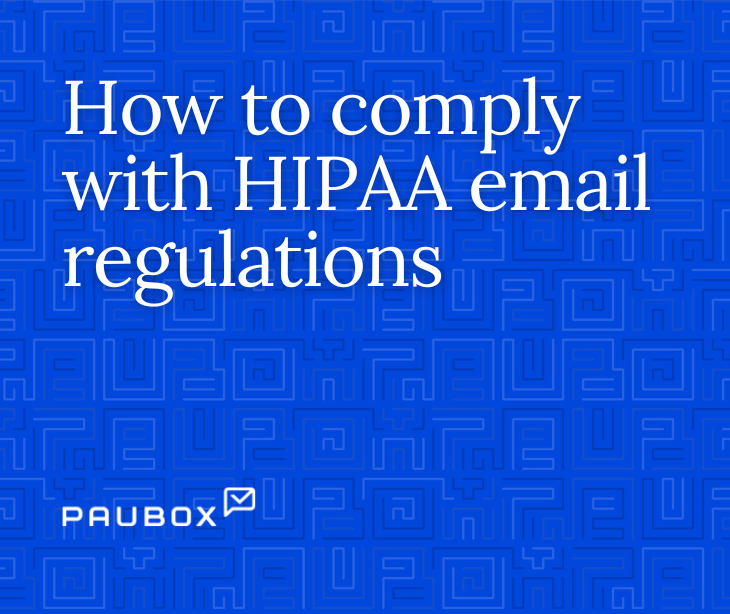1 min read
Can therapists use email to send and receive intake forms?
Liyanda Tembani
September 14, 2023

Therapists can use email to send and receive intake forms while complying with HIPAA. There are, however, precautions to ensure that the exchange of sensitive patient information via email remains HIPAA compliant.
What is the role of intake forms in therapy?
Intake forms are the initial touchpoint in the therapeutic journey, offering therapists insights into a client's background, needs, and concerns. These documents typically contain sensitive personal and medical information, making their confidentiality a top priority.
How does HIPAA apply to electronic communication?
HIPAA was designed to safeguard the privacy and security of individuals' health information, including mental health records and therapy-related data. While HIPAA recognizes the importance of electronic communication in healthcare, it comes with specific regulations and safeguards to protect patient privacy.
How to ensure HIPAA compliance with email for intake forms
To use email for intake forms under HIPAA, therapists should implement these safeguards:
- Secure email services: Use encrypted HIPAA compliant email services to ensure the content of messages remains confidential and protected.
- Patient consent: Obtain explicit, written consent from clients, acknowledging their understanding and approval of email as a communication method and the exchange of sensitive information.
- Secure attachments: Attachments like intake forms should be encrypted to avoid unauthorized access.
- Secure email practices: Enable two-factor authentication to protect email accounts from potential breaches.
- Client verification: Thoroughly verify the recipient's email address and identity before sending sensitive information, mitigating the risk of misdelivery.
- Limited information: Follow the Minimum Necessary Standard - share only the essential details in email communications and attachments, reducing the risk of unnecessary exposure.
- Secure storage: Ensure that email communications containing sensitive information are stored securely, either through encryption or on secure servers, on the therapist's end.
- Retention and disposal: Abide by HIPAA guidelines for data retention and secure disposal of email communications and associated documents, minimizing the risk of data breaches.
- Training and policies: Provide staff with comprehensive HIPAA training and institute clear policies and procedures for handling intake forms sent and received using email.
- Breach response: Establish a robust breach response plan, allowing for immediate action and reporting of any breaches of patient information as mandated by HIPAA.
Subscribe to Paubox Weekly
Every Friday we'll bring you the most important news from Paubox. Our aim is to make you smarter, faster.



